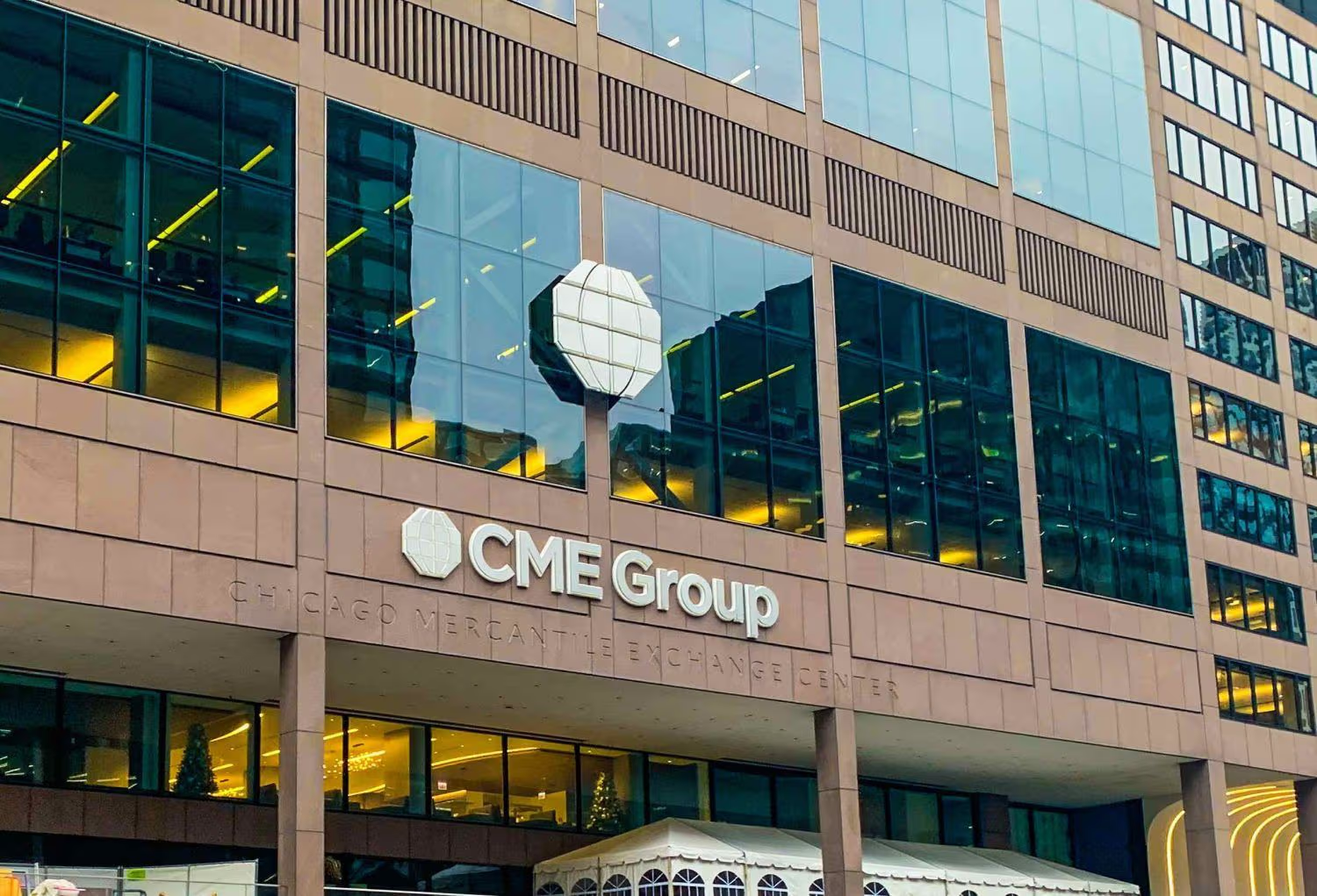Tether’s USDT expands to $181B while MiCA drives share loss in EU
TLDR
- USDT market share dropped to 59.9% in October 2025 from 70% a year ago.
- Tether’s supply surged from $89.1B to $180.9B between 2023 and 2025.
- MiCA led EU exchanges to delist USDT, boosting USDC and USDe shares.
- Tether invested in MiCA-compliant firms to retain presence in Europe.
Tether’s USDT supply has doubled in the past two years, reaching $180.9 billion by October 2025. Yet, its market share dropped below 60% for the second time this year. The decline coincides with Europe’s MiCA regulation, which forced exchanges to cut support for non-compliant stablecoins like USDT. Still, the token continues to grow globally, showing rising demand outside Europe despite tighter local rules.
MiCA Compliance Reduces USDT Presence in Europe
The implementation of the European Union’s Markets in Crypto-Assets (MiCA) regulation has changed the trading landscape for stablecoins. Exchanges across Europe were instructed to stop offering stablecoins that are not compliant with the new rules by April 2025. This affected USDT, which does not meet MiCA’s regulatory requirements.
To avoid disruptions for users, the European Securities and Markets Authority (ESMA) allowed a limited sell-only period until March 2025. Major exchanges began removing USDT pairs well before the deadline. As a result, USDT’s market share fell from 70% in November 2024 to 59.9% by October 2025. Meanwhile, Circle’s USDC rose from 20.5% to 25.3% in the same period.
Tether’s Supply Grows Despite Market Share Decline
Despite the decline in market share, USDT’s total supply nearly doubled in the past year. It increased from $89.1 billion in November 2023 to $180.9 billion by October 2025. This shows that global demand for the token remains strong, particularly in regions outside the European Union.
Analyst Filippo Armani explained, “The pie expanded faster via USDC and USDe while USDT still grew strongly in absolute terms.” Circle’s USDC grew from $24.3 billion to $76.3 billion, while Ethena’s USDe jumped from near-zero to $12.2 billion. USDT’s percentage loss is thus more a result of other stablecoins growing faster, rather than a reduction in its own usage.
Strategic Moves Preserve Tether’s EU Access
Rather than altering USDT to meet MiCA standards, Tether chose to invest in compliant firms within the EU. It acquired stakes in Malta-based StablR and Dutch firm Quantoz. Both companies hold Electronic Money Institution (EMI) licenses and issue euro-denominated tokens that meet MiCA’s requirements.
These tokens can be listed by exchanges in the EU without exposing them to regulatory penalties. However, they are separate from USDT and do not directly contribute to its market share. Armani noted that this strategy could boost the overall Tether ecosystem in the EU, even if USDT’s role diminishes locally.
Future Competition from Regulated Players
New competitors continue to emerge in both Europe and the United States. In the EU, a consortium of nine European banks is developing a regulated euro-based stablecoin. Meanwhile, U.S.-based firms like Stripe and Visa are building platforms to launch compliant fiat-backed tokens.
Tether plans to launch USAT, a U.S.-regulated stablecoin aligned with GENIUS Act standards, to tap into institutional demand in regulated markets. Its gold-backed product, Tether Gold (XAUT), also reached $1.6 billion in market cap, and the company introduced zero-fee USDT transfers with yields over 10% via partner neobanks.
Despite challenges, USDT’s rapid growth in offshore and emerging markets shows that it remains widely used, even as regulatory changes reshape its market share. The long-term outlook depends on how Tether’s ecosystem competes with regulated stablecoins backed by traditional finance players.
The post Tether’s USDT expands to $181B while MiCA drives share loss in EU appeared first on CoinCentral.
You May Also Like

Ethereum Eyes $4,100 Breakout Amid Mixed Technical Signals

Ethereum’s Vitalik Buterin Gives Shocking Blockchain Warning
